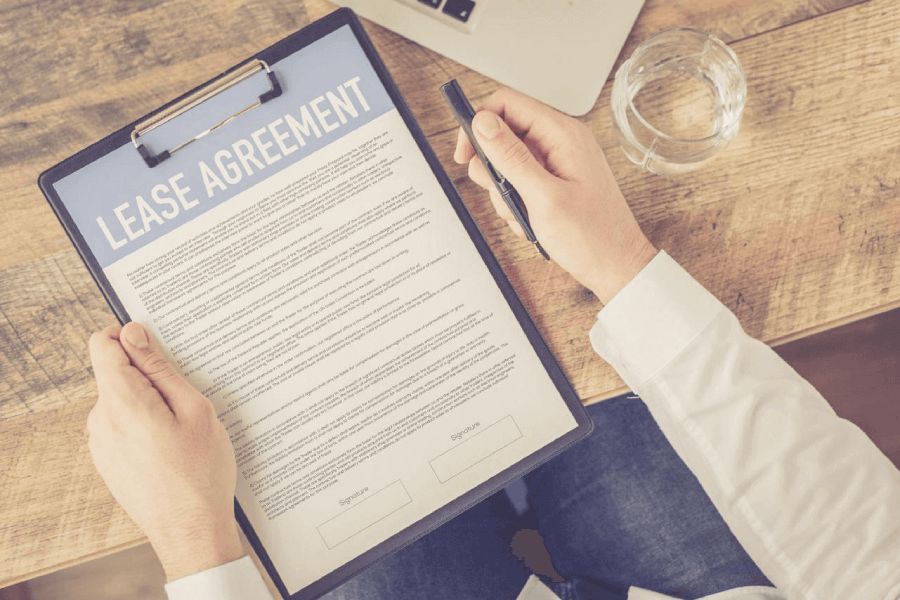Leasing A Dental Office Is Risky Business

The majority of practice owners today chose to lease vs. own the real-estate in which they have either started or acquired their dental office.
There are multiple reasons for this with the 3 most common reasons being:
- Many Desirable locations are typically not for sale (desirable = anchor or “AAA” tenants/highly visible etc.)
- Capital considerations: Most owners have leveraged themselves and do not have the capital required to purchase real estate or would like to maintain liquidity for a) growth of their practice b) future start-ups or acquisitions
- The majority of practice owners do not understand real estate acquisitions or valuations and therefore avoid the risk
Whether you agree or not with the reasons above you must agree with the simple fact that the majority of practice owners lease vs. own! Given this we will focus on leasing space in this article.
So many of us, including myself (in the early years of de-novo starts) have made critical errors when signing leases….we are excited to start our practice and the details of the lease are just a hurdle to get over so we can finally begin growing the practice of our dreams. Right?
Or perhaps we get focused on the “economic factors” only such as a) lease hold improvements or tenant improvement allowance from the Landlord (what are they giving me) b) the cost per square foot and total square foot and overlook some of the other important factors (what is this going to cost me per month and can I afford it)
I would like to shed some light on factors that you must consider to cap your down side:
- Have a vision for the practice (how many ops do you wish to have firing at all cylinders once you are at capacity. 5,6,10,20?)….do not simply fall in love with a location and sign up for the total square footage the landlord encourages you to acquire.
- Work backwards from #1. Obtain approx. 300-400sqft./operatory planned. Therefore if you plan to have 6 ops find a space that has between 1800-2400 sqft. of usable square footage (remember the total space will be encroached upon by the wall and what lies within them, so look a total usable sqft.)
- Obtain rectangular units if possible (IMO they allow for the best use of space and greatest ROI)
- Maximize TIA or LHI expenses covered by the LL (ask them to demonstrate what they have given their previous tenants and start there…note this is where the discussion may end but it doesn’t hurt to ask for more)
- Ensure your lease does not include a demolition clause or other similar clauses (this applies mainly to older spaces but check anyway)
- Assignment: you must have the right to assign the lease to a third party of your choice in the event you sell your practice
- Personal guarantees and indemnity: Many LL have this in place for the entirety of the term. It allows them to minimize their risk. Ensure you can either a) reduce the PG or Indemnity term after a period of time b) remove it entirely once the lease is assigned to a 3rd party
- Initial term, right to renew and rate (be wary of the FMV or fair market value trap): a) negotiate the longest initial term with a locked in rate as possible… 5/10 years b) at least 1 or 2 5-10 year options to renew c) if possible avoid the FMV statement and negotiate future rental rates early
- Dual representation: obtain your own lawyer and do not retain the council of the landlord for convenience
Look, not all LL’s are going to give you exactly what you want. However, it behooves you to negotiate and compare contrast different properties that will allow to maximize benefit and minimize risk. You can have a lawyer or leasing agent negotiate on your behalf as well.
These are some of things if not considered early and negotiated that can present to you significant risk in the future….. so don’t sign until you are comfortable with the terms and conditions.
Important: Have an lease expert (typically a lawyer) review your lease in detail and outline all of the risks involved. This is a must.




